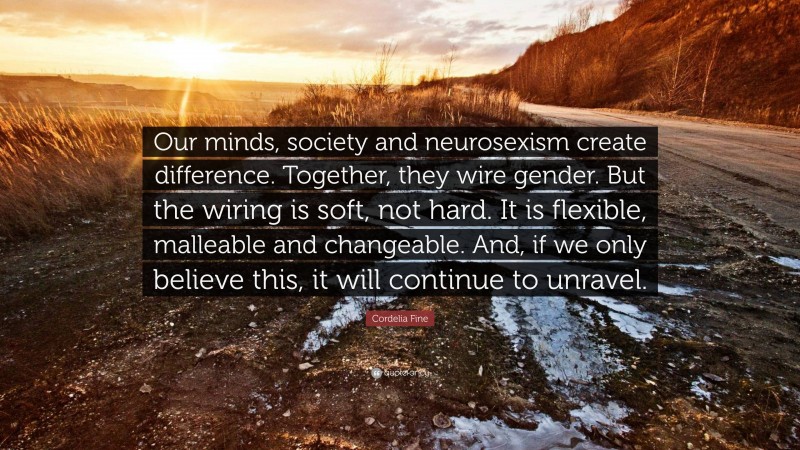

Women, it seems, are just too intuitive for math, men too focused for housework. The neuroscience we read about in magazines, newspaper articles, books, and sometimes even scientific journals increasingly tells a tale of two brains, and the result is more often than not a validation of the status quo.

Even though the glass ceiling is cracked, most women stay comfortably beneath it, and everywhere we hear about vitally important “hardwired” differences between male and female brains. It’s the twenty-first century, and although we tried to rear unisex children–boys who play with dolls and girls who like trucks–we failed. You can read this before Delusions of Gender: How Our Minds, Society, and Neurosexism Create Difference PDF EPUB full Download at the bottom. Here is a quick description and cover image of book Delusions of Gender: How Our Minds, Society, and Neurosexism Create Difference written by Cordelia Fine which was published in. This, it is argued, creates a literature biased toward the presentation of sex differences in the brain as extensive, functionally significant, and fixed-and therefore implicitly supportive of a gender essentialist perspective.Brief Summary of Book: Delusions of Gender: How Our Minds, Society, and Neurosexism Create Difference by Cordelia Fine In line with the notion of neurosexism, the research was found to support the influence of false-positive claims of sex differences in the brain, to enable the proliferation of untested, stereotype-consistent functional interpretations, and to pay insufficient attention to the potential plasticity of sex differences in both brain and mind. To investigate the validity of these contrasting concerns, recent functional magnetic resonance imaging (fMRI) investigations of sex differences and citation practices were systematically examined.

These charges of ‘neurosexism’ have been countered with arguments that the research being done is informative and valuable and that an over-emphasis on the perils, rather than the promise, of such research threatens to hinder scientific progress.

Feminist critics have recently argued that the current use of functional neuroimaging technology in sex differences research largely follows that tradition. The neuroscientific investigation of sex differences has an unsavoury past, in which scientific claims reinforced and legitimated gender roles in ways that were not scientifically justified.


 0 kommentar(er)
0 kommentar(er)
